Is swimming good exercise?
Is swimming good exercise? We asked a physiotherapist and an expert swim coach to break down its benefits.
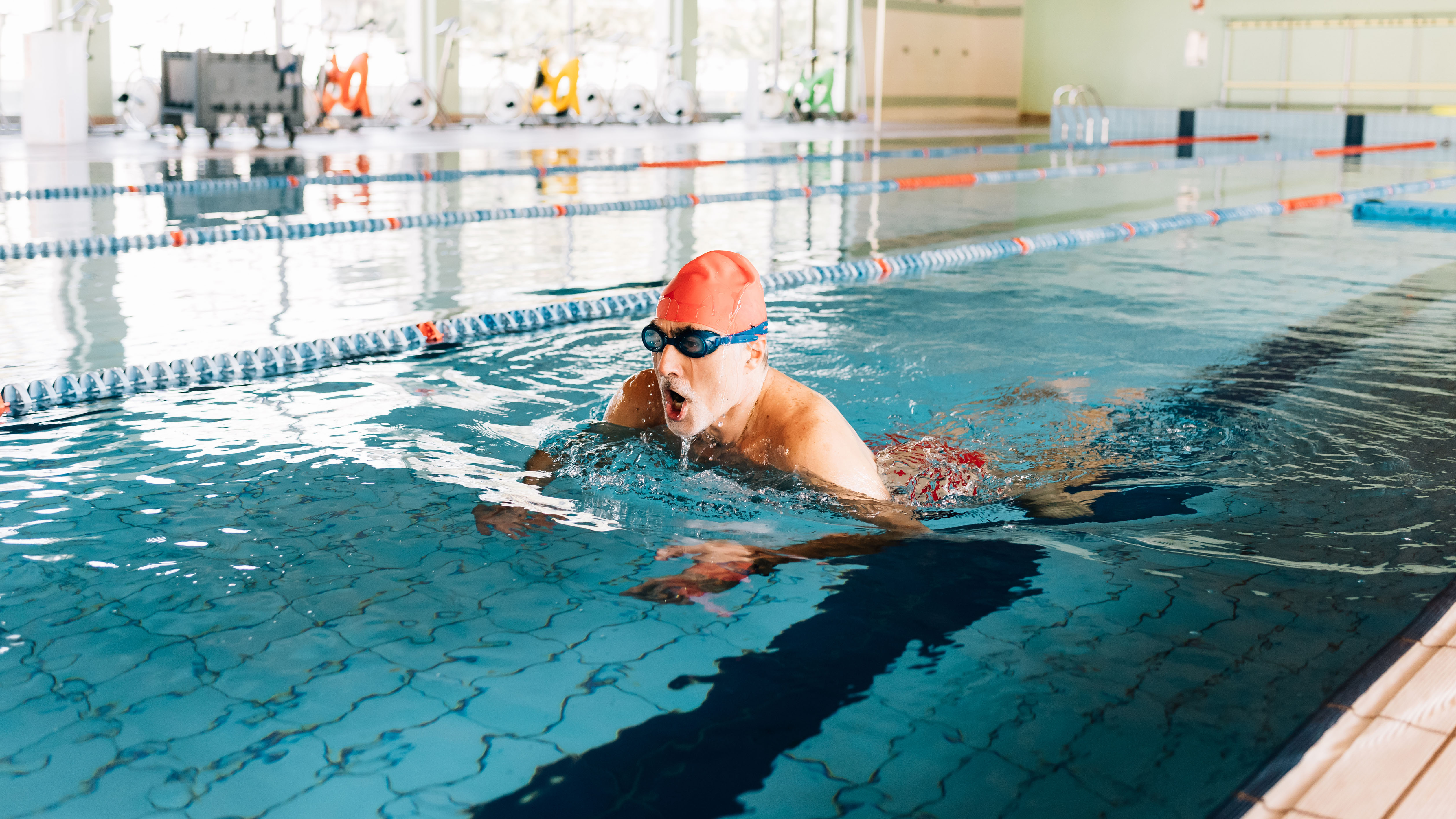

Is swimming good exercise? In short, yes. It’s a low impact activity, but it still engages multiple muscle groups and provides a cardiovascular workout. It's a full-body activity too, which means that you'll be pumping your arms and legs but also engaging your core.
Need more convincing? We asked a clinical physiotherapist about the benefits of swimming and got an expert swim coach to offer advice on how to get started.
A full body exercise
Unlike running, swimming can put your whole body through a workout. And it’s not just muscles it’s working out, either.
“Swimming involves broad movements that move your body through different planes of motion, which challenge your joints, ligaments and muscles,” explains Leanne Simoncelli, Clinical Specialist Physiotherapist at the Institute of Sport Exercise and Health (ISEH), in partnership with HCA Healthcare UK.
“Depending on each stroke, swimming moves the body with full flexion and extension of the arms and legs whilst encouraging trunk rotation and rhythmical and reciprocal movements that see the arm and legs work in synergy.”
Leanne Simoncelli has an MSc in Sports Medicine and Exercise Health. She first qualified as a physiotherapist from the University of Cape Town, South Africa in 2004. Now, she works in both private practices and with professional sport teams, helping people recover from accidents and actively manage injuries.
Low impact movement
The buoyancy and support provided by water means that swimming is a low-impact activity and great for rehabilitation. It’s especially useful for people suffering from stiffness or arthritis. A study published in The Journal of Rheumatology documented that swimming can help to reduce the pain and stiffness caused by arthritis due to the lack of stress and strain on the body.
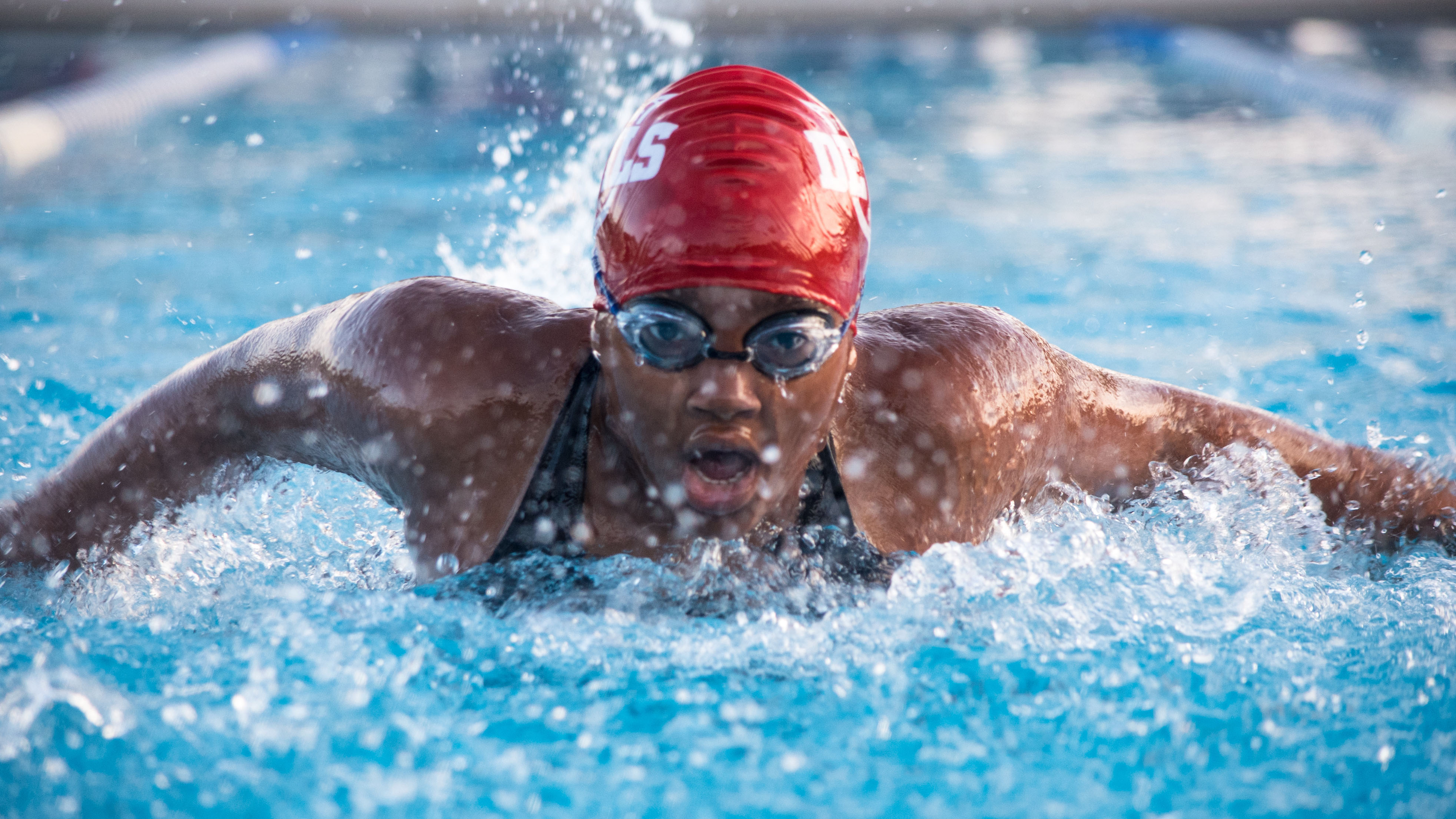
“The buoyancy of water supports tender muscles and joints, and allows the performance of gentle movements that are often not possible on land,” says Simoncell.
Get the Fit&Well Newsletter
Start your week with achievable workout ideas, health tips and wellbeing advice in your inbox.
“When immersed at waist-depth, approximately 50% of your body weight is supported by the water and at neck level 90% support. The warm water and the hydrostatic pressure ( the weight of the water) is also very good at facilitating swelling reduction, stimulating lymphatic drainage and venous return (the rate of blood flow back to the heart), as well as helping arthritis sufferers to loosen off stiff joints.
Improved lung capacity
Recent studies – including this one published in the Journal of Applied Physiology – have shown that swimming could increase the volume of lung capacity and improve inspiratory muscle. In short, swimming could make you better at breathing.
“You’ll train your body to take deep controlled breaths [during swimming] which not only enhances lung capacity but also increases lung size, meaning the lungs become more efficient in how they process the air you breathe,” explains Simoncelli.
Cardiovascular and health improvements
If you're wondering, "Is swimming cardio?" the simple answer is yes. The exercise can give your cardiovascular system a real boost, if you commit to regular sessions.
What's more, researchers from Dalian University of Technology found that swimming can lower your blood pressure, while a study in the European Journal of Applied Physiology found that swimming three times a week can improve insulin sensitivity, as well as balance blood glucose levels, which can reduce your risk of diabetes and keep your weight in check.
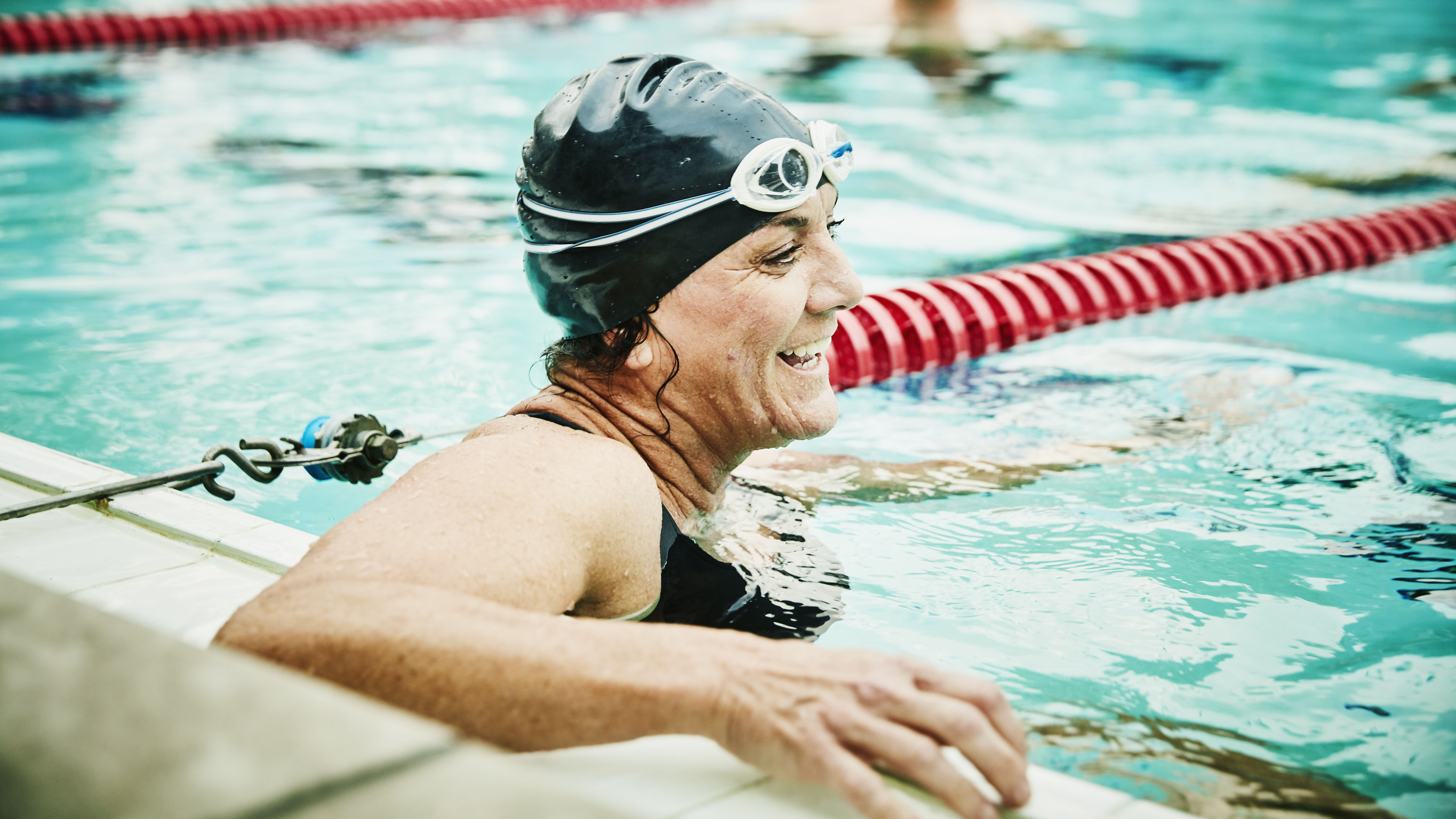
It’s worth pointing out that these benefits are fairly standard across any kind of cardio exercise – but as long as you’re sticking to a routine swim schedule, you’ll start to see some health improvements.
Muscle-building benefits
While you might not get the same results as weightlifting participants, you can expect to see some positive muscular adaptations if you’re a regular swimmer.
One study published in the Journal of Exercise Rehabilitation (focusing specifically on middle-aged women) found that participants in a swimming programme saw improvements in muscular strength and endurance after 12 weeks.
These muscular adaptations come about as swimmers have to work against the resistance in the water to move forward. As with all resistance training, this repetitive action will eventually lead to muscular changes and improvements – however, it’s possible for swimmers to plateau when it comes to strength and muscle gains, so it’s important to either increase the duration of your swimming sessions or add in some dedicated weightlifting if you’re hoping for bigger, better muscles.
Find more tips in our piece on: 'Does swimming build muscle?'
How to get started
You only need to buy a small amount of kit before getting in the water, says Nuala Muir-Cochrane, the head of swimming at David Lloyd Clubs in the UK, “but wearing suitable swimwear and goggles can make your swims more enjoyable and productive.” The most important thing is to find a pool that’s convenient, friendly and not too busy. You may prefer an outdoor pool to an indoor one, and check for lane swimming, too.
Read our tips on how to get started with wild swimming, if you fancy something more adventurous.

Nuala is no stranger to swimming, having first dipped her toe in the industry some 35 years ago. She currently teaches others how to improve their swim technique, how to conquer their fear of diving in and how to swim competitively. A former GB International swimmer, she participates in global swimming events when she isn't teaching.
“Most pools have a slow, medium, or fast lane, so if you aren’t sure of your speed, start with slow and work your way up at your own pace,” says Muir-Cochrane. And if you’re not keen on swimming in a lane, there’s often a free area which can feel less intimidating or formal. You don’t need to just swim laps either. Aqua aerobics classes are a fun way to enjoy the water and will help you to gently build muscle and get your heart pumping without putting excess strain on your body.
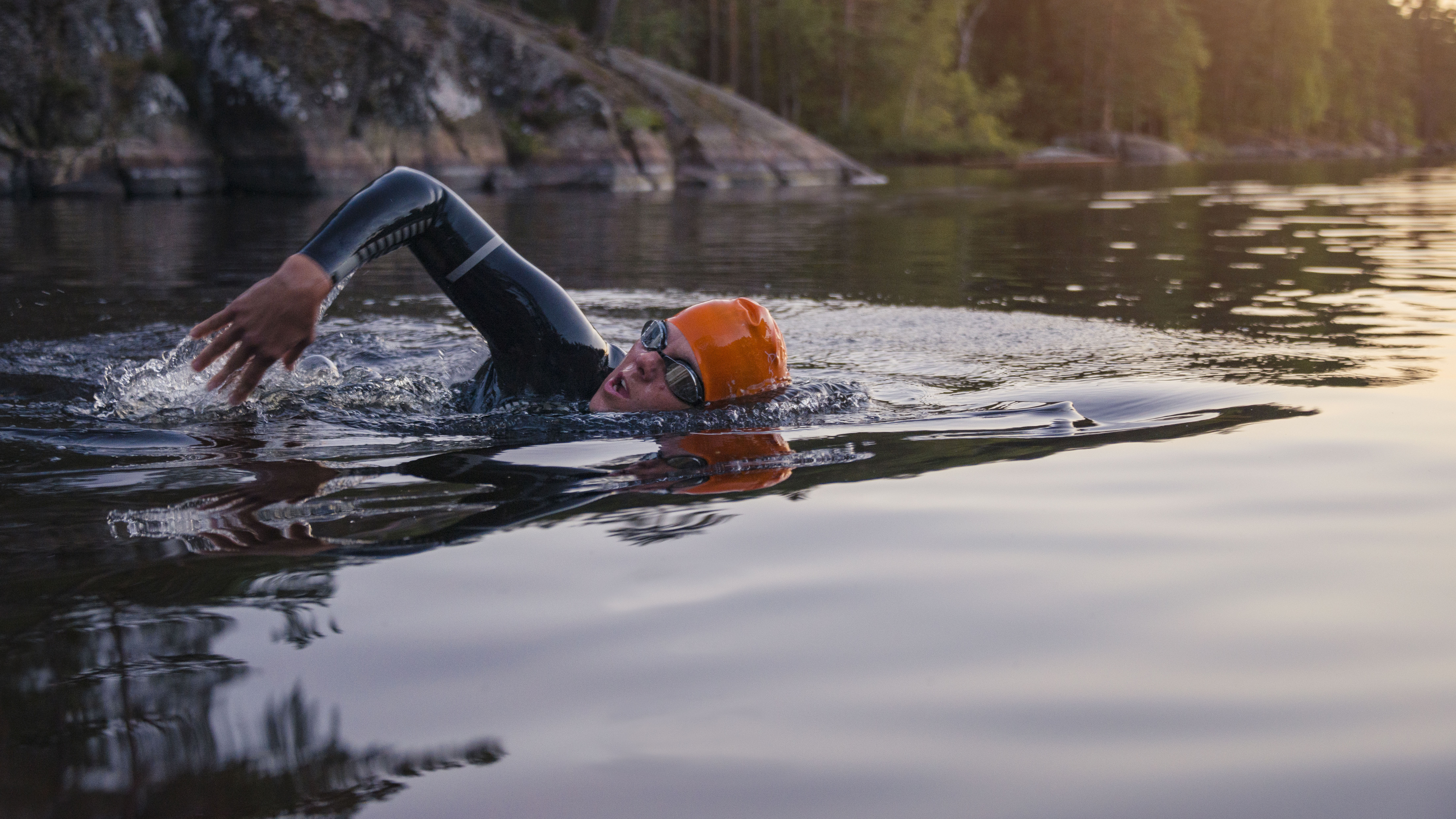
Any drawbacks?
Swimming is a generally safe exercise. However, as with all forms of exercise, there are risks to be aware of. It’s great to choose a pool with a lifeguard for safety. If you suffer from skin ailments, such as psoriasis, it may be worth looking for a saltwater pool, which according to the National Psoriasis Foundation (NPF), can help remove dead skin and improve the appearance of psoriasis.
“Swimming can also feel pretty intimidating, especially for those who haven’t learnt to swim yet – or are scared of the water,” says Muir-Cochrane. “The good news is that just a few lessons, either one-to-one or in a group, can improve your water confidence quickly. So, why not embrace the challenge and jump right in. You’re never too old to learn to swim,” she says.
Lucy Miller is a Journalist, Level 3 Personal Trainer, Nutritional Advisor and Children’s Fitness Specialist. She holds fitness qualifications from NASM Training and Premier Training International and has been a fitness journalist and model for over 20 years.
Since going freelance in 2014, Lucy left Men’s Fitness Magazine to write for an abundance of top consumer titles such as Women’s Health, Women’s Fitness, Glamour, Top Sante, The Guardian and Runners World. She’s also extremely passionate when it comes to educating others about health and physical activity and loves inspiring and working with children and adults to help make fitness fun, sustainable and accessible.
In her spare time, Lucy is ever the sportswoman. Once a national gymnast, having won three national titles, she has also run a handful of marathons around the world and loves to test her physical and metal side with regular running and gym sessions, not to mention ballet, bootcamp, boxing and TRX.
-
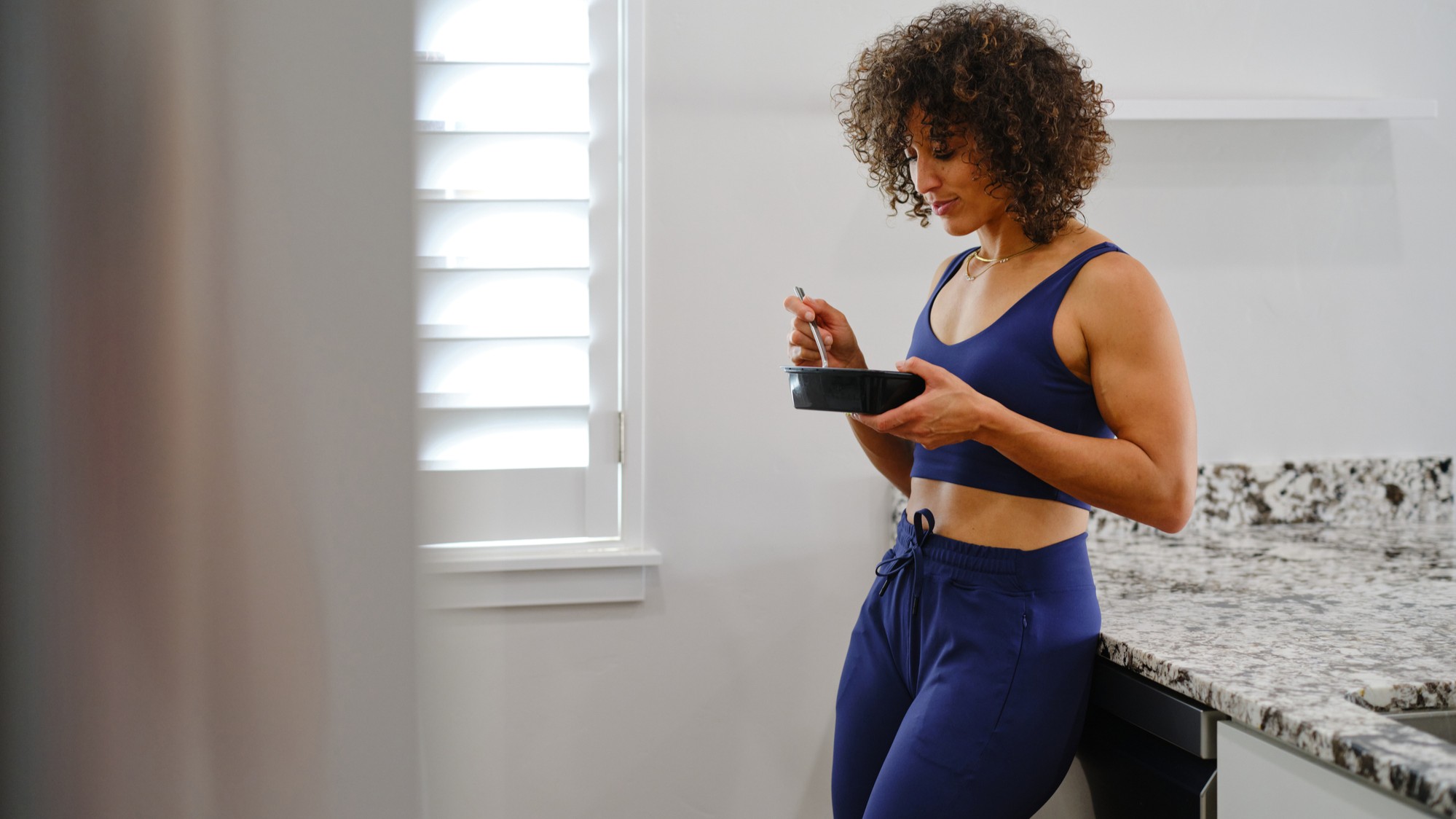 Put down the protein shake—this high-protein chicken and rice recipe is a better way to refuel after a workout
Put down the protein shake—this high-protein chicken and rice recipe is a better way to refuel after a workoutAnd it only takes 10 minutes to make
By Lou Mudge
-
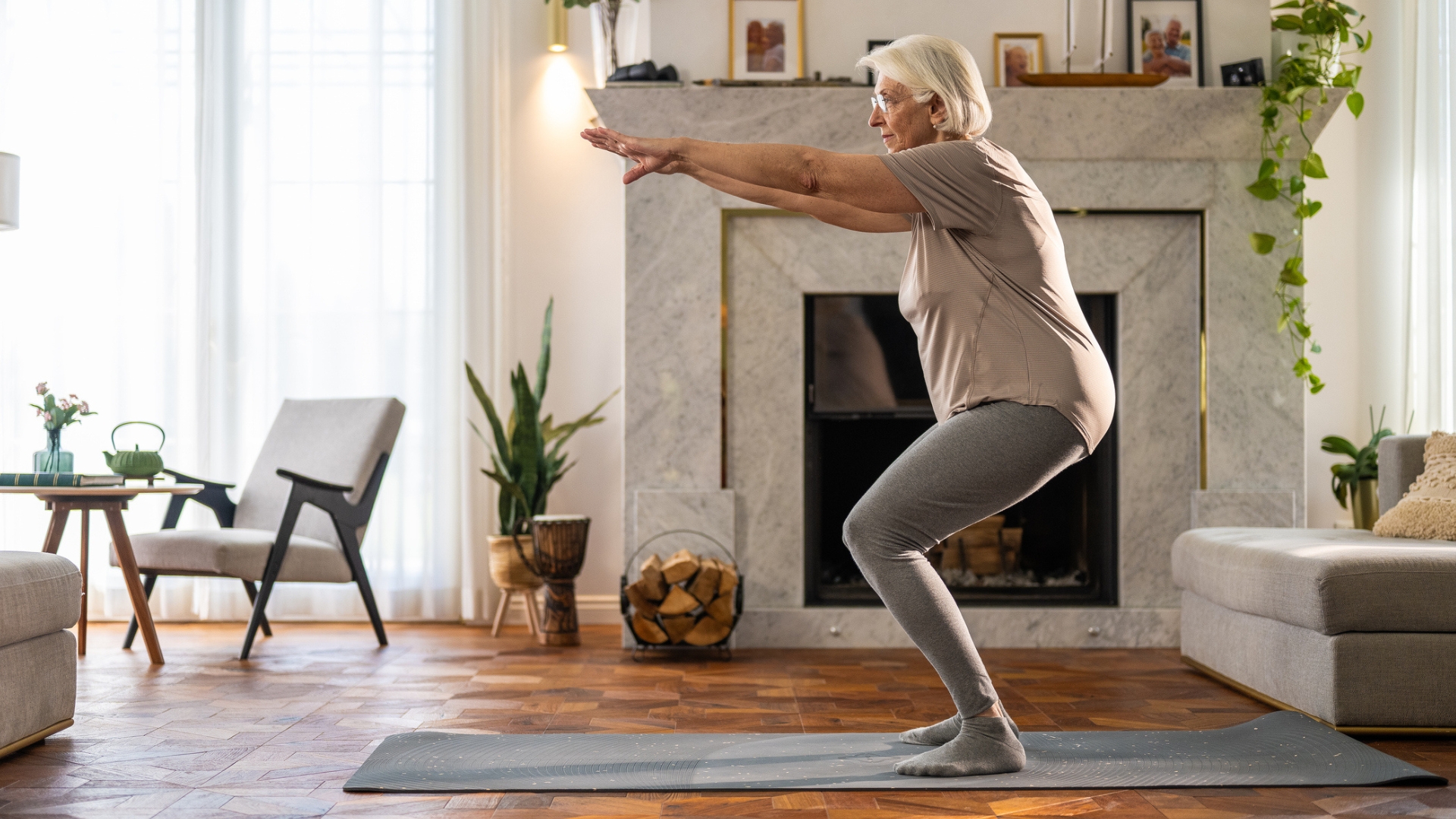 The three Pilates exercises every beginner should start with, according to an expert instructor
The three Pilates exercises every beginner should start with, according to an expert instructorA sequence that will take you no more than 10 minutes
By Alice Porter
-
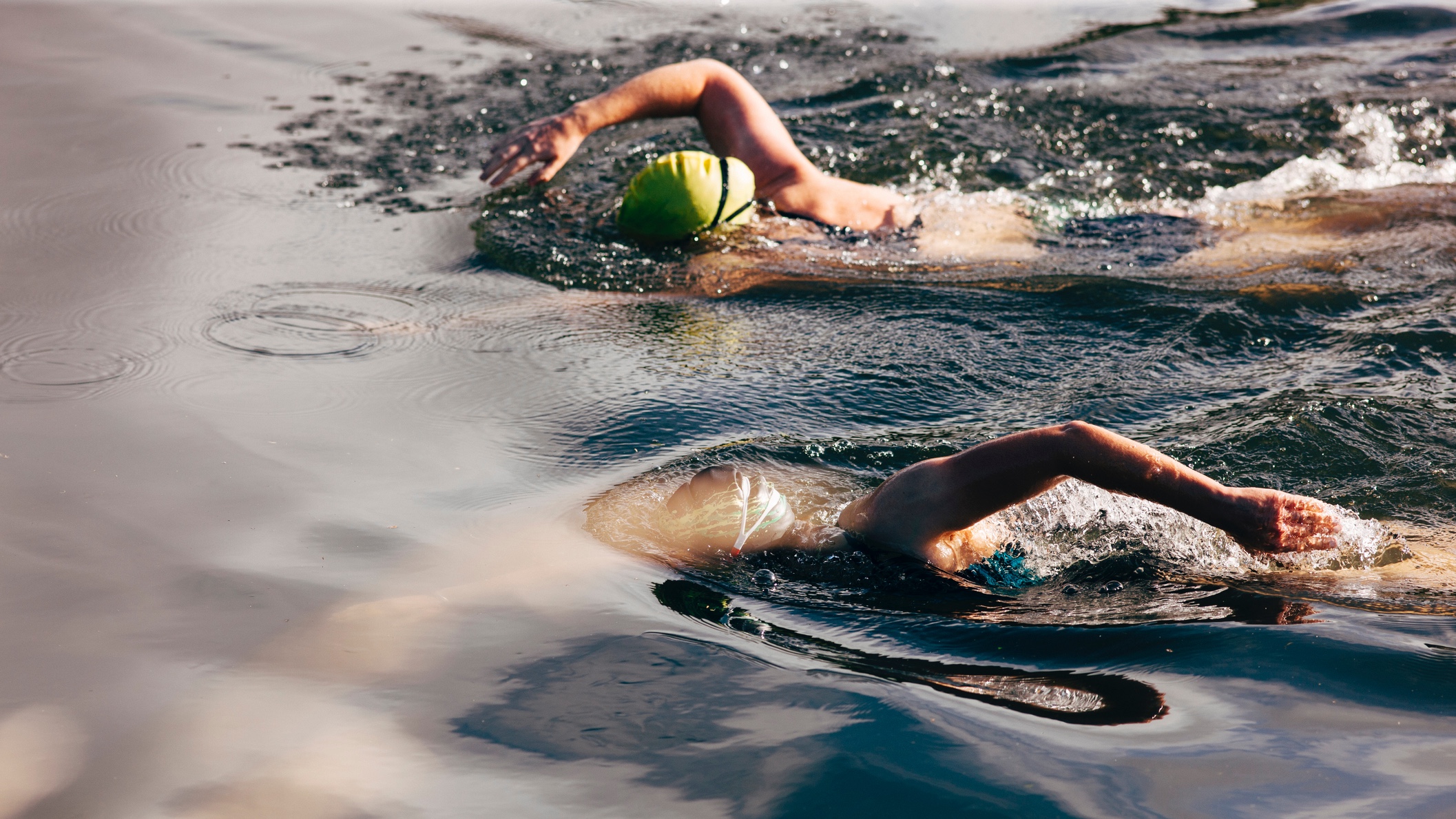 What’s the best open water swimming technique?
What’s the best open water swimming technique?Fitness Perfect your open water swimming technique and you'll be able to explore your local lakes and pools with confidence
By Maddy Biddulph
-
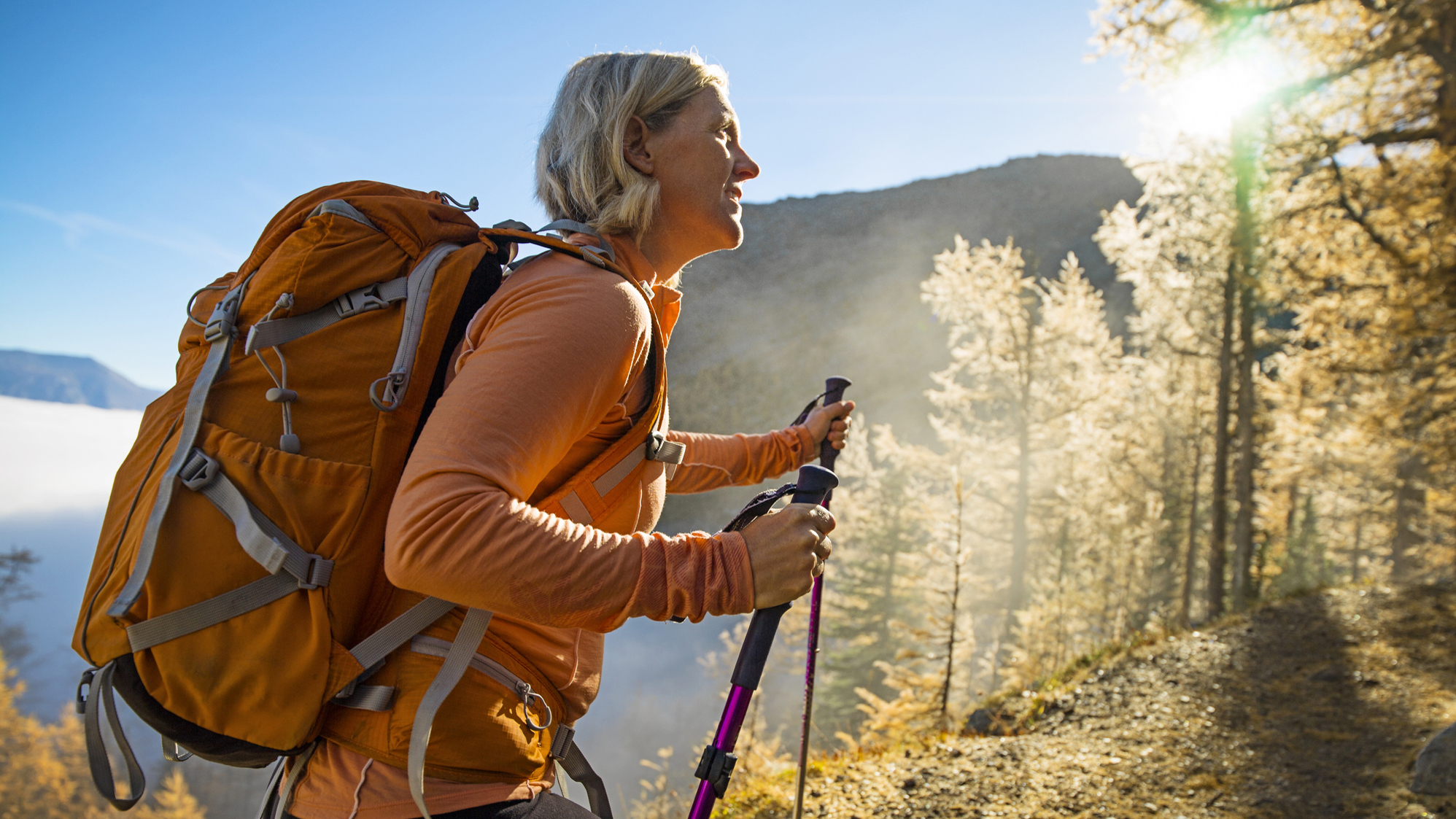 The best trekking poles 2025
The best trekking poles 2025Buying guide Protect your knees and increase stability with the best trekking poles
By Harry Bullmore
-
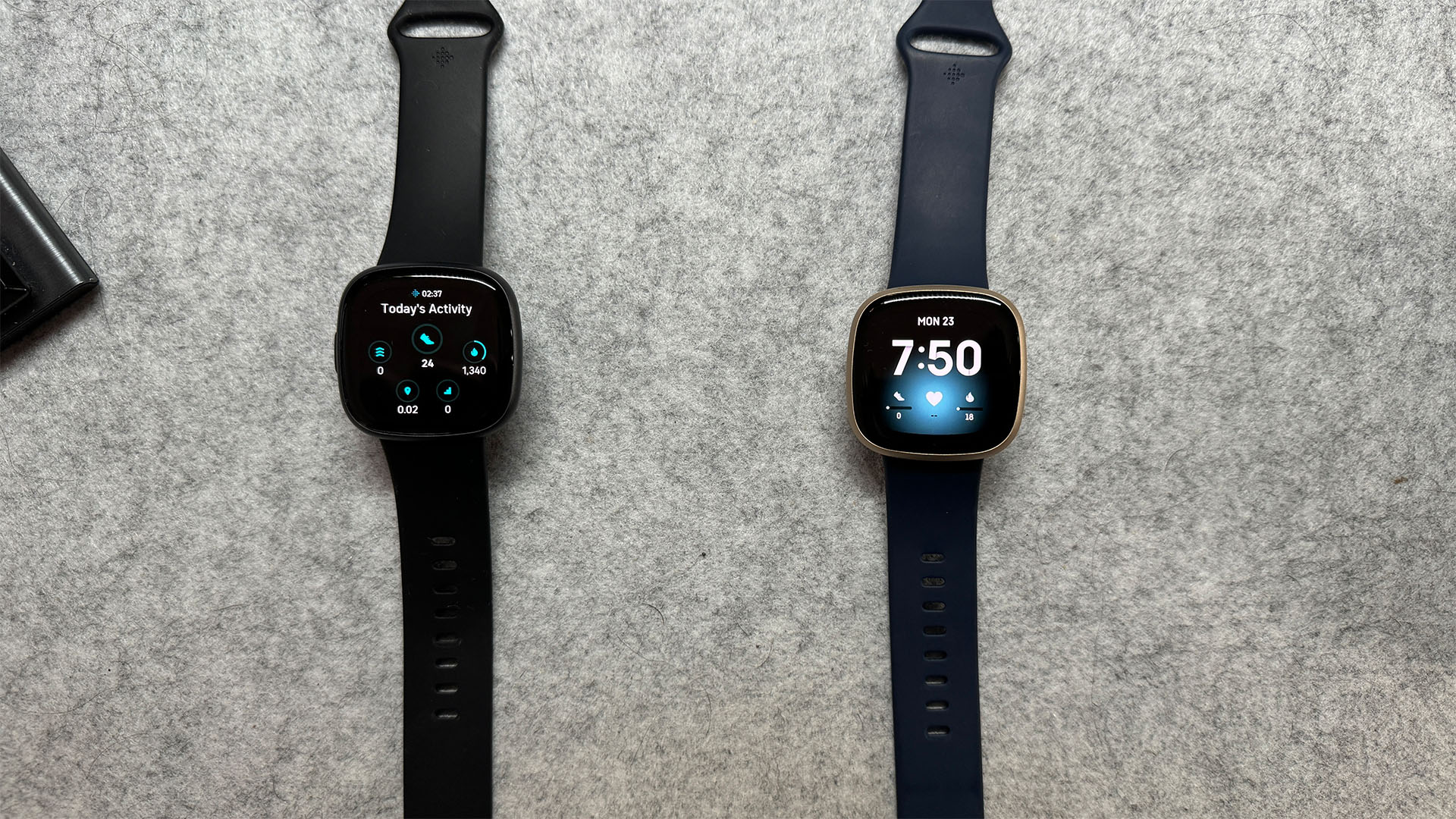 Fitbit Versa 3 vs Versa 4: here's the one I recommend buying
Fitbit Versa 3 vs Versa 4: here's the one I recommend buyingVersus There's little difference between these models, but the Versa 3 is much cheaper
By Lloyd Coombes
-
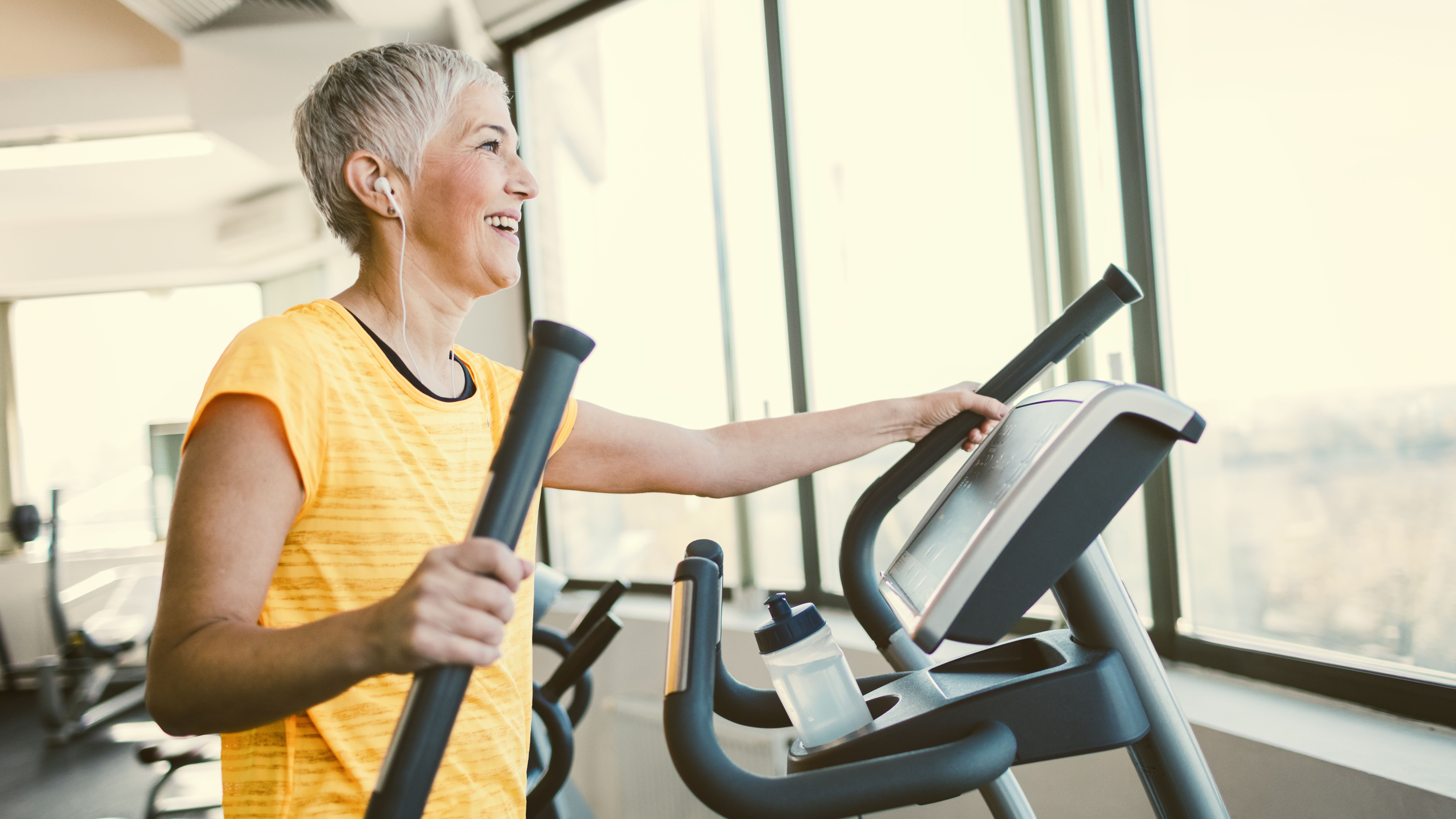 Best elliptical machines for home workouts
Best elliptical machines for home workoutsBuying guide Need a low-impact workout that’s easy on the knees? Try one of the best elliptical machines
By Sam Hopes
-
 Best foam rollers for soothing sore muscles
Best foam rollers for soothing sore musclesBuying Guide Ease post-workout pain with our pick of the best foam rollers
By Harry Bullmore
-
 The JAXJOX DumbbellConnects have changed my home workouts forever
The JAXJOX DumbbellConnects have changed my home workouts foreverIf you want to start strength training at home, the JAXJOX DumbbellConnect adjustable dumbbells are the ultimate home workout tool
By Harry Bullmore
-
 How to go walking with weights to build muscle
How to go walking with weights to build muscleFitness Try working out outside and go walking with weights for some serious health benefits
By Harry Bullmore
-
 Does hiking build muscle?
Does hiking build muscle?Fitness Does hiking build muscle? Here’s how this outdoor activity affects your strength
By Lily Canter